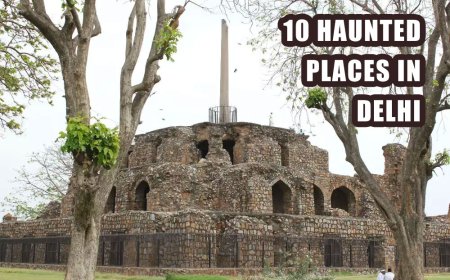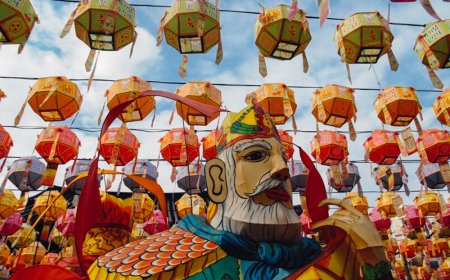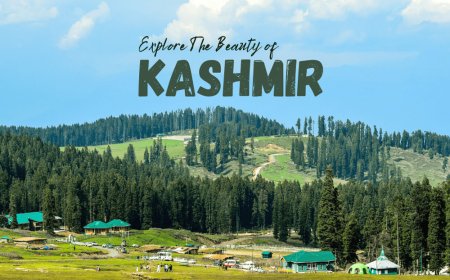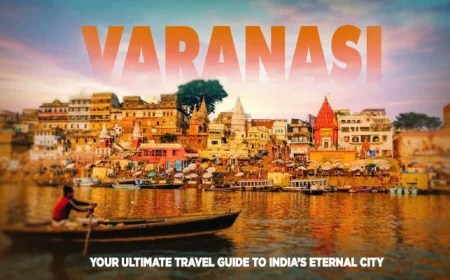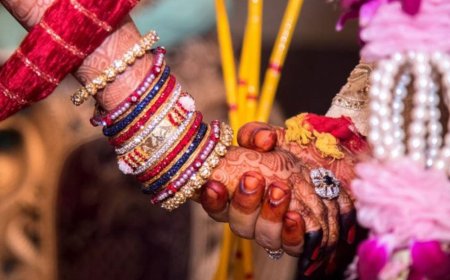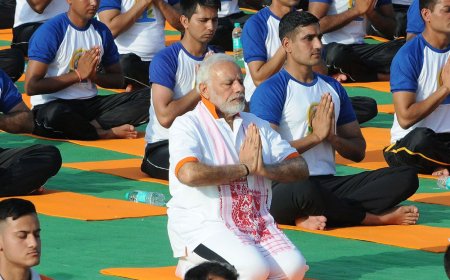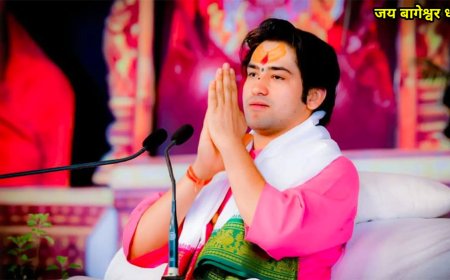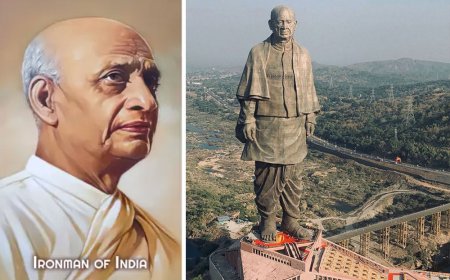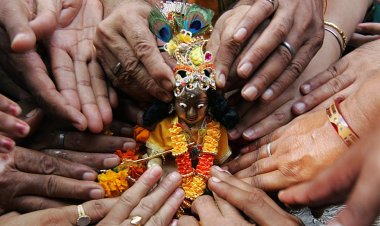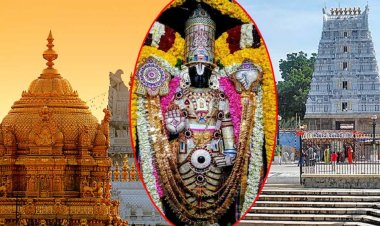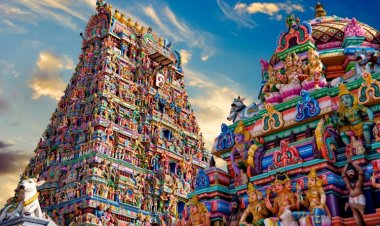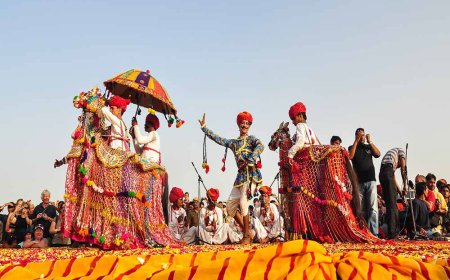Varanasi: A Spiritual Odyssey Through Time, Culture, and the Sacred Ganges - Your Ultimate Travel Guide to India’s Eternal City
Nestled on the banks of the holy River Ganges, Varanasi (also known as Kashi or Benaras) is more than just a city—it’s an emotion. Revered as the spiritual heart of India, this ancient city has drawn pilgrims, poets, and wanderers for over 3,000 years. From its labyrinthine alleys echoing with chants of “Har Har Mahadev” to the ethereal glow of diyas floating on the Ganges at dawn, Varanasi is a sensory journey like no other. Here’s your comprehensive guide to unravelling its magic

Varanasi is where life and death coexist in a profound dance. It’s a place where spirituality permeates the air, history whispers through crumbling temples, and the Ganges carries the hopes and prayers of millions. Whether you seek enlightenment, cultural immersion, or a glimpse into India’s timeless traditions, Varanasi offers an unforgettable pilgrimage for the soul.
Step 1: Plan Your Journey
Best Time to Visit
October–March: Cool, foggy winters (ideal for ghat walks and festivals like Dev Deepawali).
Avoid Summers (April–June): Scorching heat (up to 45°C/113°F).
Monsoon (July–September): The Ganges swells, adding drama but limiting boat rides.
Getting There
By Air: Fly into Lal Bahadur Shastri International Airport (25 km from the city). Pre-book a taxi to avoid touts.
By Train: Varanasi Junction (BSB) is well-connected to Delhi, Kolkata, and Mumbai. Opt for AC classes for comfort.
By Road: Overnight buses from Delhi, Agra, or Lucknow (8–12 hours).
Step 2: Where to Stay
Budget Travelers: Guesthouses near Assi Ghat or Dashashwamedh Ghat (e.g., Shanti Guesthouse, Shiv Prasad Guest House).
Mid-Range: Heritage stays like BrijRama Palace (a 200-year-old riverside mansion) or Hotel Surya.
Luxury: Taj Ganges Varanasi or Radisson Hotel for modern comforts.
Pro Tip: Book a riverside room to wake up to the Ganges’ serene views and morning aarti chants.
Step 3: Explore the Soul of Varanasi
A. The Ghats: Where Life Unfolds
Varanasi’s 88 ghats are its beating heart. Don’t miss:
Dashashwamedh Ghat: Join the hypnotic Ganga Aarti at dusk—priests in saffron robes swirl flaming lamps to rhythmic chants.
Assi Ghat: Start your day with yoga or a quiet coffee at this bohemian ghat.
Manikarnika Ghat: Witness the cycle of life and death at this sacred cremation site (respect privacy; no photos).
Panchganga Ghat: Admire the Mughal-era Alamgir Mosque blending Hindu and Islamic architecture.
B. Temples & Spirituality
Kashi Vishwanath Temple: The “Golden Temple” dedicated to Lord Shiva. Expect long queues but divine energy.
Sankat Mochan Temple: A serene spot to seek blessings from Lord Hanuman.
Durga Temple: Nicknamed the “Monkey Temple” for its playful resident primates.
C. Beyond the Ghats
Sarnath: Just 10 km away, where Buddha delivered his first sermon. Visit the Dhamek Stupa and Archaeological Museum.
Bharat Kala Bhavan: A treasure trove of ancient sculptures, Mughal miniatures, and Rabindranath Tagore’s works.
Ramnagar Fort: A crumbling 18th-century fort with a royal museum and vintage car collection.
Step 4: Dive into Culture & History
Ancient Roots: Varanasi dates back to 1200 BCE, mentioned in the Mahabharata and Jataka Tales. It’s believed Lord Shiva founded the city.
Cultural Hub: Birthplace of classical music legends like Ravi Shankar. Attend a Hindustani classical concert if the timing aligns.
Silk Weaving: Visit a Banarasi silk workshop to see artisans handcraft exquisite sarees (great for souvenirs).
Step 5: Savor the Flavors
Street Food: Try kachori-sabzi at Deena Chat Bhandar, tamatar chaat at Kashi Chaat Bhandar, and malaiyo (a frothy winter dessert).
Lassi: Creamy lassis at Blue Lassi Shop (with toppings like mango or rose).
Banjara Restaurant: Rooftop dining with Ganges views and North Indian thalis.
Don’t Miss: End your day with a Banarasi paan—a betel leaf stuffed with spices, rose petals, and saffron.
Step 6: Unique Experiences
Sunrise Boat Ride: Glide past ghats as the city awakens. Bargain hard (₹300–500 for 1 hour).
Walk the Galis: Lose yourself in the maze-like alleys—discover hidden shrines, chai stalls, and silk shops.
Evening Aarti: Arrive early to secure a spot at Dashashwamedh. The symphony of bells, drums, and chanting is transcendental.
Step 7: Practical Tips
Dress Code: Cover shoulders and knees in temples.
Bargaining: Haggle at markets (start at 40% of quoted price).
Pollution: The Ganges is sacred but polluted; avoid swimming.
Guides: Hire licensed guides for temple histories (₹500–800 for half-day).
Step 8: Day-wise Itinerary
Day 1:
Sunrise boat ride → Breakfast at Assi Ghat → Kashi Vishwanath Temple → Explore Vishwanath Gali → Evening Ganga Aarti.
Day 2:
Sarnath (morning) → Lunch at a local dhaba → Ramnagar Fort → Sunset at Man Mandir Ghat.
Day 3:
Walk from Assi to Dashashwamedh Ghat → Bharat Kala Bhavan → Silk shopping → Farewell dinner by the river.
Final Thoughts
Varanasi isn’t a destination; it’s an awakening. It challenges, overwhelms, and ultimately transforms you. As Mark Twain once said, “Benaras is older than history, older than tradition, older even than legend, and looks twice as old as all of them put together.” Come with an open heart, and let the city’s ancient rhythms guide you to a deeper understanding of life—and perhaps, yourself.
Har Har Mahadev!
What's Your Reaction?
 Like
0
Like
0
 Dislike
0
Dislike
0
 Love
0
Love
0
 Funny
0
Funny
0
 Angry
0
Angry
0
 Sad
0
Sad
0
 Wow
0
Wow
0















